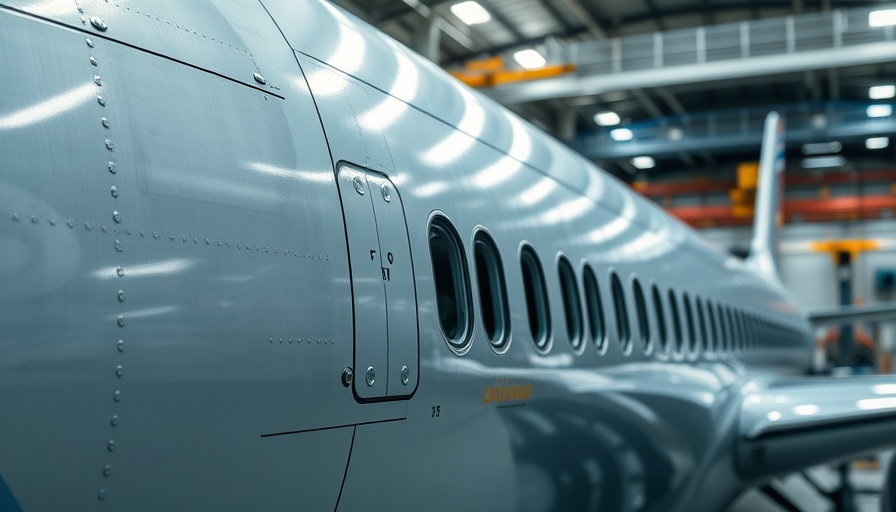
Understanding the Next-Generation Airliner Landscape
As aerospace technology advances, the aviation industry turns its focus towards the next-generation airliner, particularly the single-aisle models. Airbus recently announced plans to launch a successor to their A320neo family, aiming for an entry into service by the late 2030s. However, skepticism looms regarding the commercial viability of such innovations.
Challenges Facing Next-Gen Aircraft Development
A recent survey by McKinsey and Aviation Week highlighted key concerns among over 135 companies about developing next-generation single-aisle aircraft. Top on the list were the staggering development costs, estimated around $25 billion, with a payback period forecasted to stretch between ten to twelve years. Furthermore, these latest models may only achieve an incremental fuel efficiency improvement of about 12% over current models, while production costs could rise by as much as 30%. These figures pose difficult questions about whether the potential benefits can justify the investments needed.
Growing Distrust and Divergent Views Within the Industry
Another layer of complexity stems from a palpable distrust within the aviation value chain. Participants from different sectors, such as engine manufacturers and airframers, are not aligned in their expectations, creating a sense of uncertainty about project timelines. For instance, engine manufacturers are now predicting that entry into service for these next-gen aircraft could be pushed back to 2040 or later—an eight-year delay compared to previous estimates. This misalignment can hinder investment decisions and discourage stakeholders from engaging fully in the development process.
Current Economic Realities Influencing the Air Travel Market
For decades, advancements in aircraft technology have consistently improved range, comfort, and operational efficiencies at lower real costs for airlines and passengers alike. However, this trend may be approaching a turning point as the realities of elevated development costs clash with market demand. Research reflects a cautious attitude among aviation professionals, with an average of 81% expressing low confidence that manufacturers can meet production targets in the near term. As such uncertainties mount, the aviation industry is compelled to reassess the feasibility of producing next-gen airliners.
The Bigger Picture: Economic and Technological Trends
The developments in airliner technology do not exist in a vacuum. With concerns surrounding sustainability affecting all sectors, advancements catering to eco-friendly aviation could become priority areas of innovation. Given the rising significance of sustainability in corporate strategy, investing in greener technologies may pave the way for future opportunities within the industry. Market analyses suggest that organizations focusing on sustainable technological transformations will stand to gain the most traction among consumers aware of environmental impacts. As such, embracing this shift could very well encourage a renewed phase of growth in the aerospace sector.
Conclusion: The Road Ahead for Air Travel
As the aviation industry grapples with these emerging dilemmas, the next-generation airliner becomes a focal point for discussion among industry professionals. With substantial challenges ahead, stakeholders must weigh the transformative potential of new technologies against the economic realities that shape air travel today. For professionals navigating these turbulent skies, staying informed through reports and analyses on emerging trends will be crucial for making strategic decisions moving forward.
 Add Row
Add Row  Add
Add 




Write A Comment